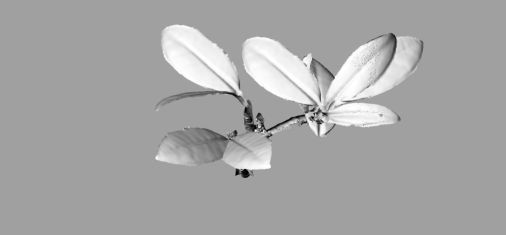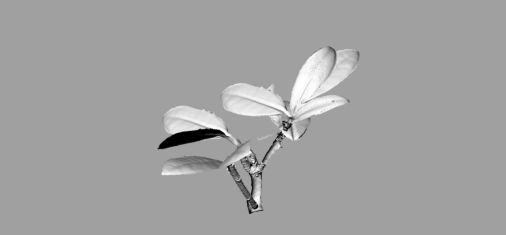I was in Japan last week. I did 3D scanning at MIT, and did 3D printing in Japan respectively.
6-1: Scanning




It looks nice, though....
6-2: Data (Mesh) Correlation/ Modification




Some mesh are missing.
6-3: Printing (U-print) - one leaf only

Throughout this process, I found a curious topic. 3-D scanning of plants is very difficult because there are "hidden" surfaces from the viewpoint of a scanning camera. When I zoom up a leaf after scanning, there are a lot of holes and "mistakes". But when I look back at a natural plant closely, the difference among every leaves is subtle. As if they were generated by copying, they have the same shapes and patterns. As such, it is enough to scan just one leaf in order to create "virtual" model of a plant. On the contrary, every leaf has its own "unique" allocation and direction. In order to capture the whole assymmetric strucure of a plant, 3-D scanner is a powerful tool.
As such, I tried to "graft" all leaves except one in the virtual model (actually in Rhino). (But I failed to do that because it was too complicated.) If I scanned "One leaf" and one "(actual) grafted branch", this project could be successful.
Making it more general, we have to consider how we combine "model-driven" approach and "data-driven" approach to create precise virtual model.